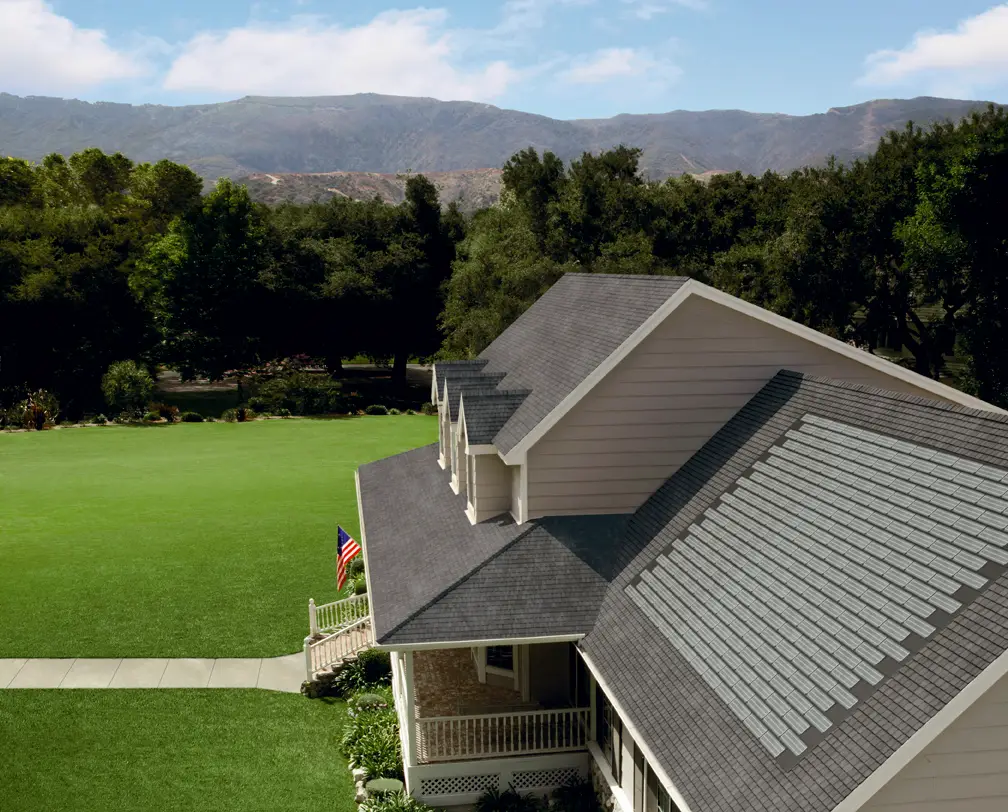The idea is a good one: instead of installing solar panels onto a roof, why not integrate solar power into the roof shingles themselves? This way, the roof can function normally, look normal except for a photovoltaic sheen, and deal with less weight than the traditional panels. However, implementing this idea isn’t as easy or efficient as it sounds.
Installing a solar shingle array requires a lot more planning, effort, and cost than a traditional array. Because of their smaller size solar shingles require a lot more wiring. On an existing roof space, the shingles have to be removed, and the wiring must be done through the roof in several places, instead of in one place or not at all in the case of some traditional roof mounts. This leads to a greater risk for water leaking through the roof.
Solar shingles also need to withstand the Minnesota winters. Without any solar shingles in the field operating for several years, it makes it tough to guarantee their performance.
Unfortunately, solar shingles are also more expensive than traditional panels. Because they are a newer technology, it typically costs several thousand dollars more for a solar shingle array than for a traditional array.
Lastly, there are the temperature effects on solar production. Did you know that the cooler the module temperature, the more efficient the module is? That is because lower temperatures mean less resistance when wires are trying to move electric current. Traditional modules work well in Minnesota because are can move beneath them to keep them cool.
Solar shingles are attached directly to your roof deck, which doesn’t allow for air movement to keep the module cool. Solar shingles don’t allow air movement, which leads to warmer modules and less electrical production. Traditional modules have higher air movement, which leads to cooler modules and more electrical production.
It’s important to keep all of these things in mind when deciding whether you want to install solar shingles, or traditional solar panels.



